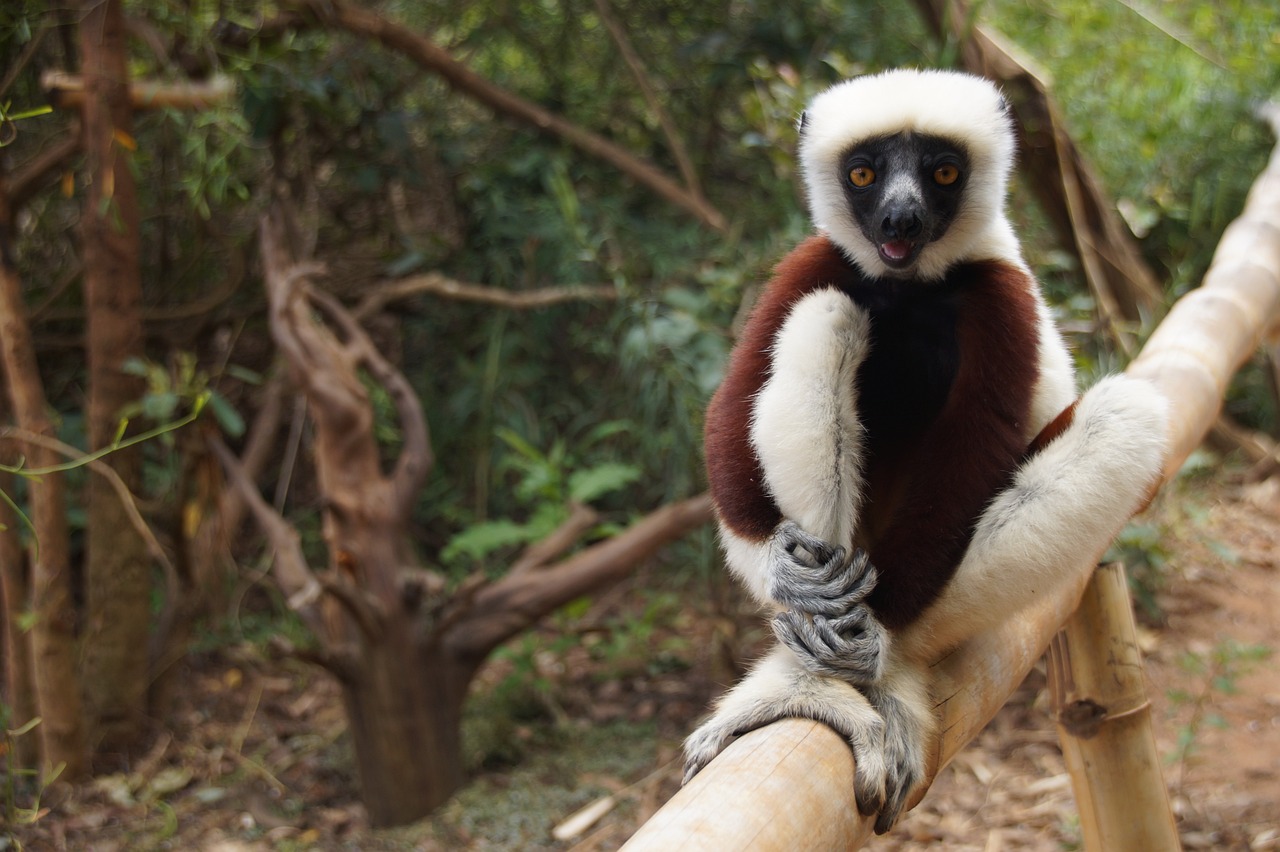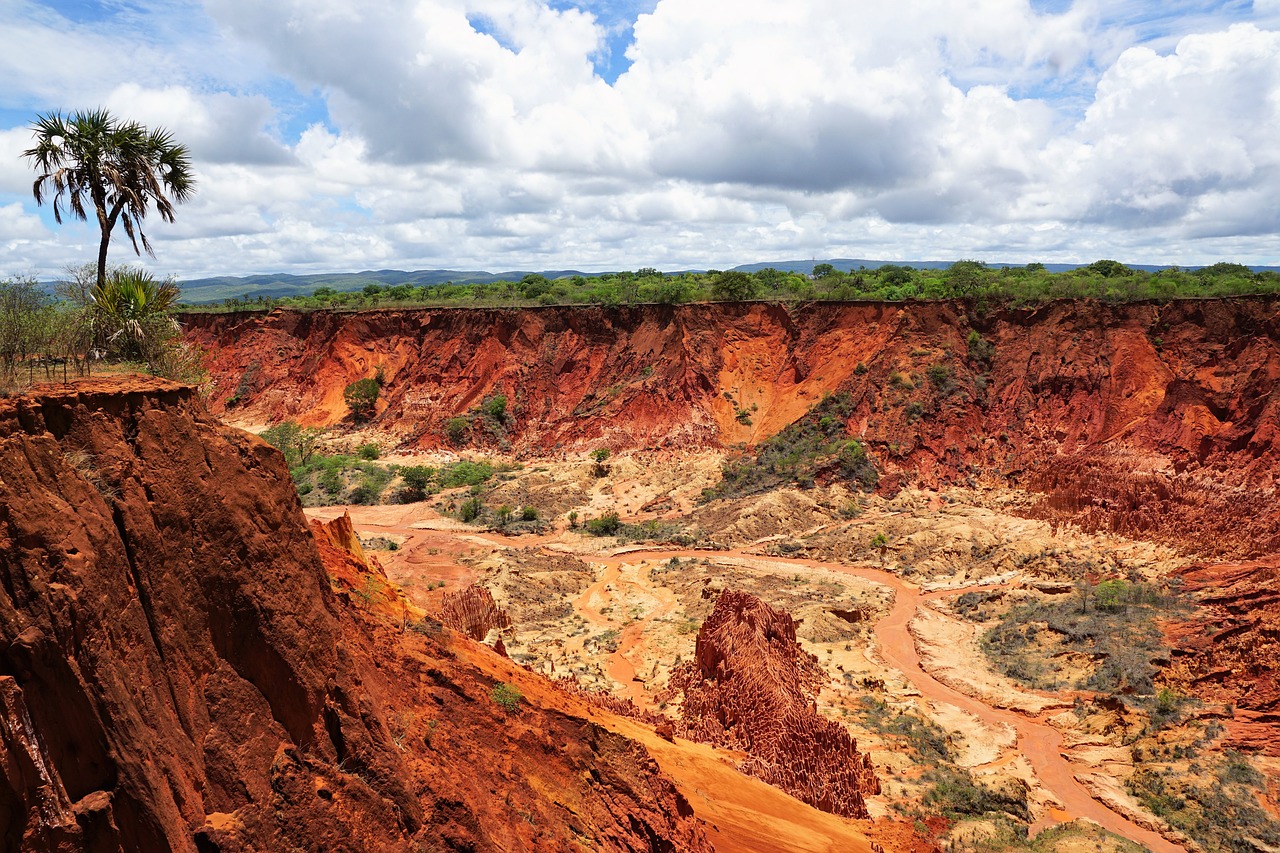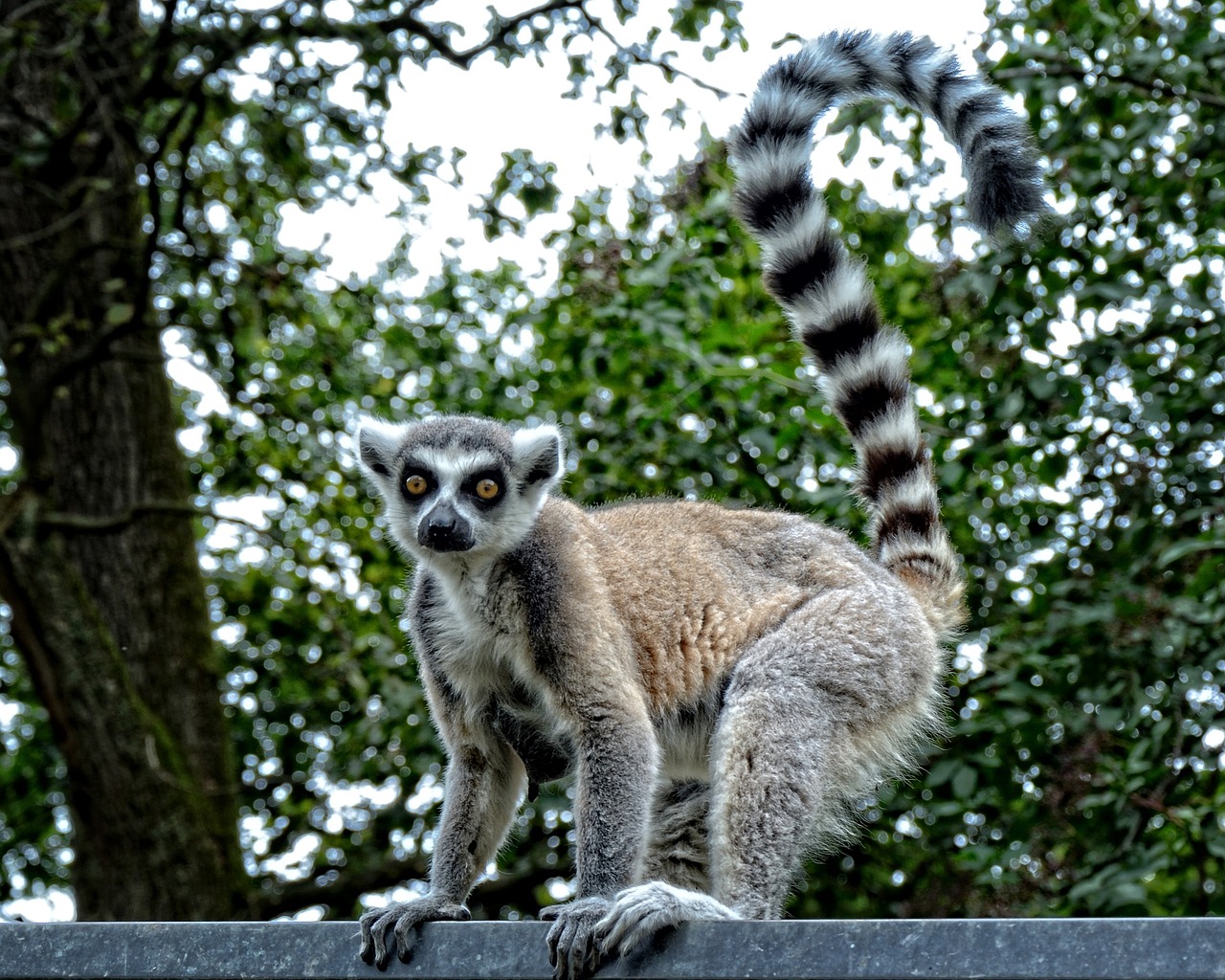Exploring Local Arts and Hobbies in Madagascar
Madagascar, located off the southeast coast of Africa, is a country rich in culture and traditions. One of the best ways to experience the unique heritage of this island nation is by exploring its local arts and hobbies. From intricate wood carvings to vibrant textiles, Madagascar offers a diverse range of artistic expressions that reflect the country’s history and identity. In this article, we will delve into the various art forms and hobbies found in different regions of Madagascar, showcasing the creativity and talent of its people.
Traditional Wood Carvings
Madagascar is renowned for its exquisite wood carvings, which are deeply rooted in the country’s cultural heritage. The art of wood carving has been passed down through generations, and each region of Madagascar has its distinct style and motifs. The carvings often depict animals, mythological creatures, and ancestral spirits, showcasing the connection between the people and nature. Some popular wood carving techniques include relief carving, in which images are raised from the surface, and filigree carving, which involves intricate and delicate patterns.
- Antaimoro Wood Carvings: Originating from the Antaimoro tribe in the east coast of Madagascar, these carvings are characterized by their intricate geometric designs and abstract patterns.
- Antanosy Wood Carvings: Hailing from the southeastern region of Madagascar, Antanosy wood carvings often feature human figures, animals, and plants, reflecting the daily life and beliefs of the Antanosy people.
- Bara Wood Carvings: The Bara tribe, residing in the southern part of Madagascar, specializes in creating wooden sculptures that depict ancestral spirits and mythical creatures.
Textile Arts
Textile arts hold a significant place in Malagasy culture, with various regions producing unique fabrics and designs. The art of weaving and dyeing has been practiced for centuries, with each ethnic group showcasing its distinct techniques and patterns. The vibrant textiles of Madagascar are not only visually appealing but also carry cultural significance and stories.
- Lambas: Lambas are traditional Malagasy garments made from handwoven silk or cotton. They are often adorned with intricate embroidery and are worn as a symbol of status and identity.
- Lamba Landy: Lamba Landy refers to the handwoven silk textiles produced in the highlands of Madagascar. These textiles are known for their vibrant colors and geometric patterns.
- Antaimoro Paper: Antaimoro Paper is a unique form of paper made from the bark of the Avoha tree. This traditional paper-making technique is primarily practiced by the Antaimoro people in the east coast of Madagascar.
Pottery and Ceramics
The art of pottery and ceramics has a long history in Madagascar, dating back to the early days of human settlement. Each region of the country has its distinct pottery-making techniques and styles, often influenced by the local environment and cultural traditions.
- Antsirabe Pottery: Antsirabe, a city in the central highlands of Madagascar, is known for its pottery production. The local artisans create a wide range of functional and decorative ceramics, including pots, vases, and figurines.
- Marolambo Pottery: Marolambo, located in the eastern part of Madagascar, is famous for its unique black pottery. The pottery is made using a traditional technique that involves burying the clay pots in a pit and firing them with organic materials.
- Antsiranana Pottery: The Antsiranana region in northern Madagascar is known for its distinctive red pottery. The clay used in this region gives the pottery its vibrant red color, and the local artisans create a variety of functional and decorative pieces.
Music and Dance
Music and dance are integral parts of Malagasy culture, with each ethnic group having its unique musical traditions. The traditional musical instruments and dance forms reflect the diverse cultural heritage of the country.
- Valiha: The valiha is a traditional Malagasy musical instrument made from bamboo. It is a type of tube zither and is often played during traditional ceremonies and celebrations.
- Salegy: Salegy is a popular music and dance genre in Madagascar. It is characterized by fast-paced rhythms and energetic dance movements, often accompanied by instruments like the accordion and electric guitar.
- Hira Gasy: Hira Gasy is a traditional form of musical storytelling in Madagascar. It combines music, dance, and theater to narrate historical or mythical tales, often accompanied by instruments such as the kabosy (a type of guitar) and the sodina (a bamboo flute).
Madagascar Image 1:

Stone Carvings
In addition to wood carvings, Madagascar is also known for its stone carvings, which showcase the skill and creativity of the local artisans. The stone carvings often depict animals, traditional symbols, and scenes from everyday life.
- Zafimaniry Stone Carvings: The Zafimaniry people, residing in the central highlands of Madagascar, are renowned for their intricate stone carvings. The carvings feature geometric patterns and motifs inspired by nature.
- Antandroy Stone Carvings: The Antandroy tribe in southern Madagascar is known for its stone carvings, which often depict ancestral figures and mythical creatures. The carvings are intricately detailed and are highly valued for their craftsmanship.
- Sakalava Stone Carvings: The Sakalava people in western Madagascar are skilled in stone carving. Their carvings often depict scenes from daily life, animals, and symbols of power and protection.
Madagascar Image 2:

Traditional Games and Sports
Traditional games and sports play an important role in Malagasy culture, fostering social interaction and promoting physical fitness. These games often reflect the country’s history, environment, and traditional values.
- Moraingy: Moraingy is a traditional martial art and combat sport practiced in coastal regions of Madagascar. It involves stick fighting and showcases the strength, agility, and skill of the participants.
- Fanorona: Fanorona is a traditional board game played in Madagascar. It is a strategy game that requires critical thinking and planning. The game has deep cultural significance and is often played during social gatherings.
- Savika: Savika, also known as zebu wrestling, is a popular sport in Madagascar. It involves two participants trying to wrestle each other off a zebu bull. The sport is not only a test of strength but also a display of bravery and agility.
Madagascar Image 3:

Conclusion
Exploring local arts and hobbies in Madagascar offers a window into the country’s rich cultural heritage. From intricate wood carvings and vibrant textiles to captivating music and traditional games, Madagascar’s artistic expressions are a testament to the creativity and talent of its people. By engaging with these art forms and hobbies, visitors can gain a deeper understanding of the Malagasy culture and appreciate the unique traditions that make this island nation truly special.
References
- Gypsy Warrior: gypsywarrior.com


